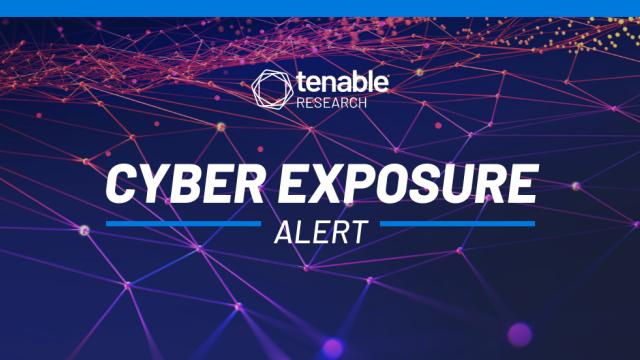- Broadcom grows revenues by 20% following VMware purchase, as customers fume about subscription costs
- How global threat actors are weaponizing AI now, according to OpenAI
- The viral Air Purifier Table is my smart home's MVP (and it's on sale for $179)
- Grab the Galaxy S25 Edge for $170 off and get a free Amazon gift card - but act fast
- How I learned to stop worrying and love my health tracker
FBI and CISA Release Cybersecurity Advisory on Royal Ransomware Group

The FBI and CISA have released a joint Cybersecurity Advisory discussing the Royal ransomware group.
Background
As part of their #StopRansomware campaign, the Federal Bureau of Investigations and Cybersecurity and Infrastructure Security Agency have released a cybersecurity advisory (CSA)discussing the Royal ransomware group. The advisory details the tactics, techniques and procedures associated with the group and indicators of compromise associated with infection.
The Royal ransomware operation emerged in January 2022, and throughout that year were involved in several high profile attacks, such as ones against Silverstone Circuit and Queensland University of Technology. Toward the end of 2022, the Royal ransomware group surged to the top of the monthly charts to overtake LockBit in November 2022, likely due to a sharp rise in attacks against organizations ahead of the holidays.
Analysis
When the threat actor behind Royal emerged in January 2022, it was using the ALPHV/BlackCat ransomware. However, as the year progressed, it began to use its own Zeon encryptor, which shared similarities with Conti’s tooling, suggesting that members of the now defunct Conti operation are involved in Royal. Since September 2022, the ransomware group has been using a variant of Zeon called Royal that uses the .royal file extension on its victims encrypted files while naming itself “Royal” in the ransom notes.
Image Source: BleepingComputer
Tactics, Techniques and Procedures
According to the CSA, Royal’s preferred technique for gaining initial access to target networks is through phishing attacks using emails containing malicious PDFs or through malvertising which leads the victim to download malware. Other tactics used by the group include compromising Remote Desktop Protocol (RDP), exploiting public facing applications and using initial access brokers. Our report on the Ransomware Ecosystem provides a deeper explanation on how ransomware operators gain access to their target’s networks.
Once the attackers gain access, they establish Command and Control (C2) communication with their C2 infrastructure, which may include C2s associated with Qakbot. Once communication has been established with the C2s, the Royal actors download several tools. These tools include remote monitoring and management software including AnyDesk, LogMeIn, and Atera, which is used for lateral movement and persistence. Royal has been observed compromising domain controllers and using Group Policy Objects to deactivate antivirus solutions.
Royal uses Cobalt Strike and malware such as Ursnif/Gozi to exfiltrate data. Before encrypting the target’s files, Royal actors check if target files are being used or are blocked by applications using Windows Restart Manager and delete Volume Shadow Copies to prevent victims restoring to a snapshot after the ransomware executes. Batch files perform several operations, such as creating new administrator accounts, modifying registry keys, executing and monitoring file encryption and deleting original files and logs.
Indicators of Compromise
Files created by the ransomware that are left on affected systems include:
- The encrypted files with the.royal extension
- README.TXT left in directories where there are encrypted files
- Several batch files (.bat)
In the CSA, there is a list of IP addresses and domains used by the ransomware, and hashes of tools, malware and batch files used.
Identifying affected systems
As we review the list of mitigations discussed in the advisory, our Active Directory Security solution can help organizations review Indicators of Exposure relating to the: use of weak password policies, running of end-of-life operating systems, insufficient hardening against ransomware attacks andauditing of privileged accounts. We highly recommend reviewing your AD environment to focus on misconfigurations that may put your organization at risk.
The Tenable One Exposure Management Platform extends beyond traditional vulnerability management, which concentrates on the discovery and remediation of publicly disclosed Common Vulnerabilities and Exposures (CVEs). A foundational part of any exposure management program, Tenable One includes data about configuration issues, vulnerabilities and attack paths across a spectrum of assets and technologies — including identity solutions (e.g., Active Directory); cloud configurations and deployments; and web applications.
Get more information
Join Tenable’s Security Response Team on the Tenable Community.
Learn more about Tenable One, the Exposure Management Platform for the modern attack surface.

